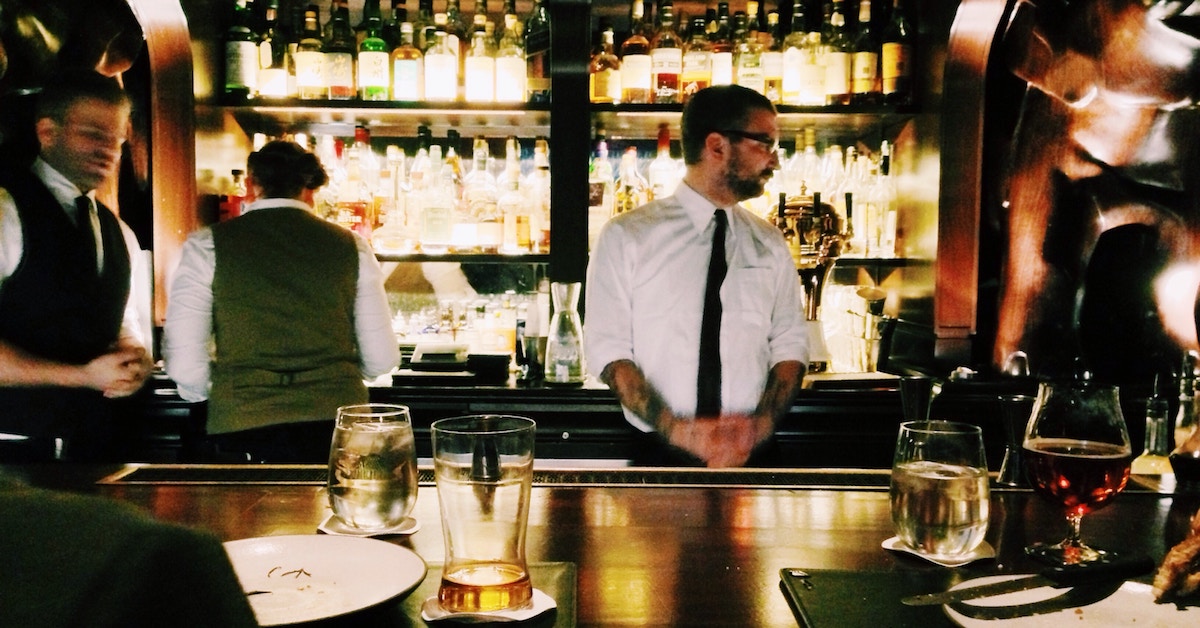
Bars have traditionally been dominated by larger pubs and clubs, heavily subsidised by gaming revenue from pokies, or mega-bars serving thousands of people a night.
But recent years have seen the birth and proliferation of community-focused ‘small, boutique’ bars. They’re rich in variety and individuality, where customers have a much closer relationship to staff and owners, and (ironically) a more socially responsible attitude toward alcohol consumption.
Bars are often a more simple business model to execute, one reliant on fewer moving parts and lower staffing numbers. However, the market is very competitive, often with a small margin between success and failure.
How to open a bar
If you’re thinking of opening your very own bar, it’s first important to ask yourself these questions before taking the plunge.
- 1. What do you want to achieve?
- 2. How much time are you prepared to invest in your business?
- 3. How much money do you have to invest?
- 4. What experience do you have running a business?
- 5. Do you start a bar from scratch, or buy an existing business?
- 6. Do you have a business plan?
- 7. What is your bar’s concept or theme?
- 8. What are your key numbers?
1. What do you want to achieve?
Bars require time and focus, and a key predictor of success is the hands-on nature of ownership. If, as an owner, you work in the business you are more likely to succeed than if you do not, at least in the beginning anyway. Ask yourself the following questions:
- What does success mean to you, specifically?
- Is it an investment decision?
- Are you investing money into a bar with an expectation of a financial return? And if so, how much return?
- Do you have an exit strategy?

2. How much time are you prepared to invest in your business?
Bars are an unapologetically night-based businesses, and pressure to meet family and other external obligations can be a reason why a business fails to begin, or an owner has an unplanned exit.
Family or mentor support can also be a reason for success; in fact, having the right support can be a predictor for success in food and beverage businesses.
- What lifestyle do you want to live?
- Do you have time commitments outside of running a business that might prevent you from being successful?
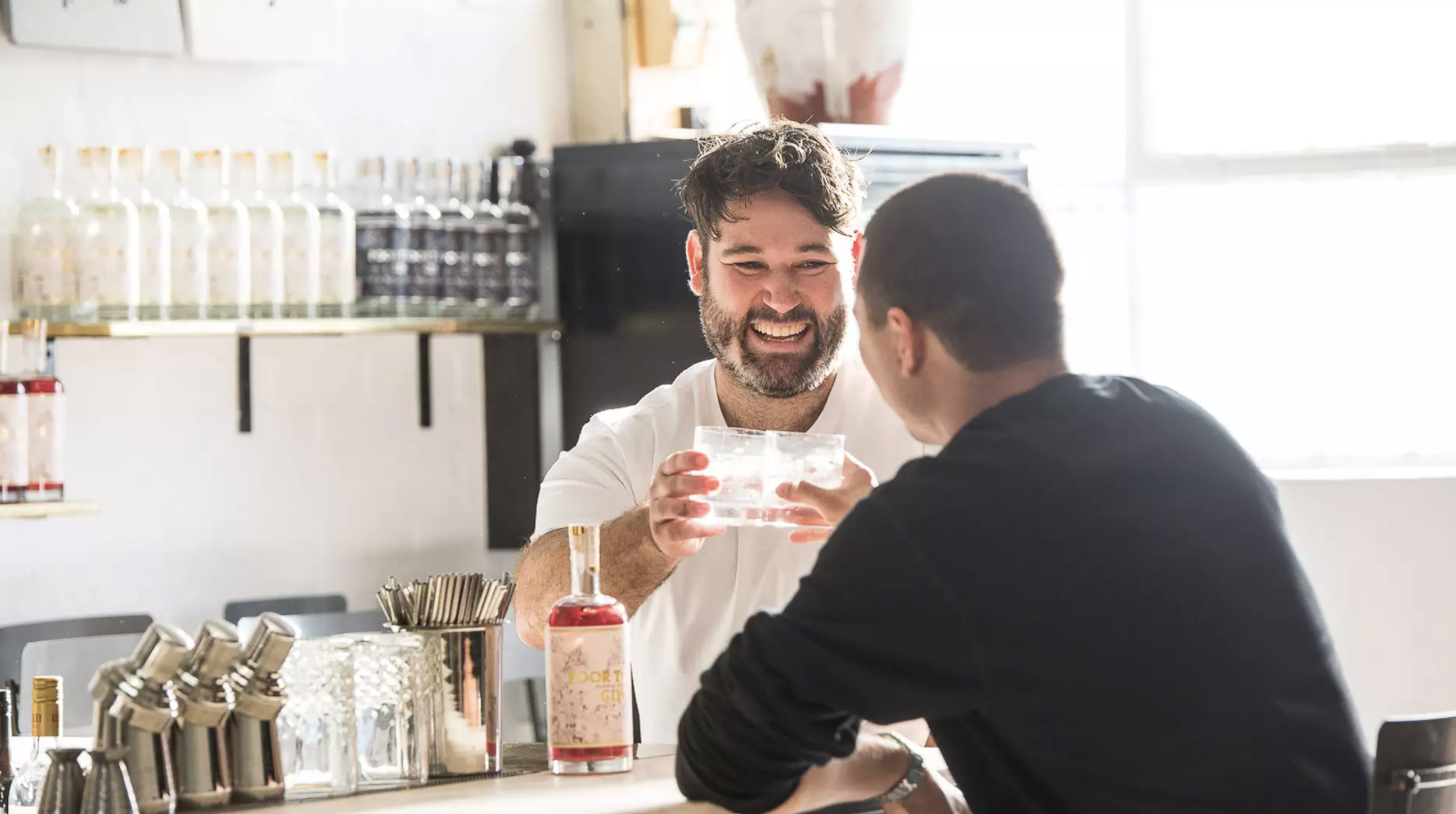
3. How much money do you have to invest?
What financial resources do you have at your disposal? Both opening a bar or purchasing one requires significant amounts of capital. Both through the purchase itself, and the need to prop-up cash flow for the first twelve months of trading.
It inevitably takes time to understand the nuances of a new business. This initial uncertainty can cost money as owners and managers begin to understand how to be efficiently meet the demands of their business.
Also, businesses with significant amounts of debt are much more likely to fail than businesses with lower levels of debt. Highly leveraged businesses and shortages of capital can lead to short-term decisions that are detrimental to the business in the long-term. It may be better to own a smaller business with less financial leverage, or to raise more funds, than stretching to a bigger business that you may struggle to afford.
A bar can also require a large upfront investment in stock, and new businesses rarely have favourable terms with their suppliers.
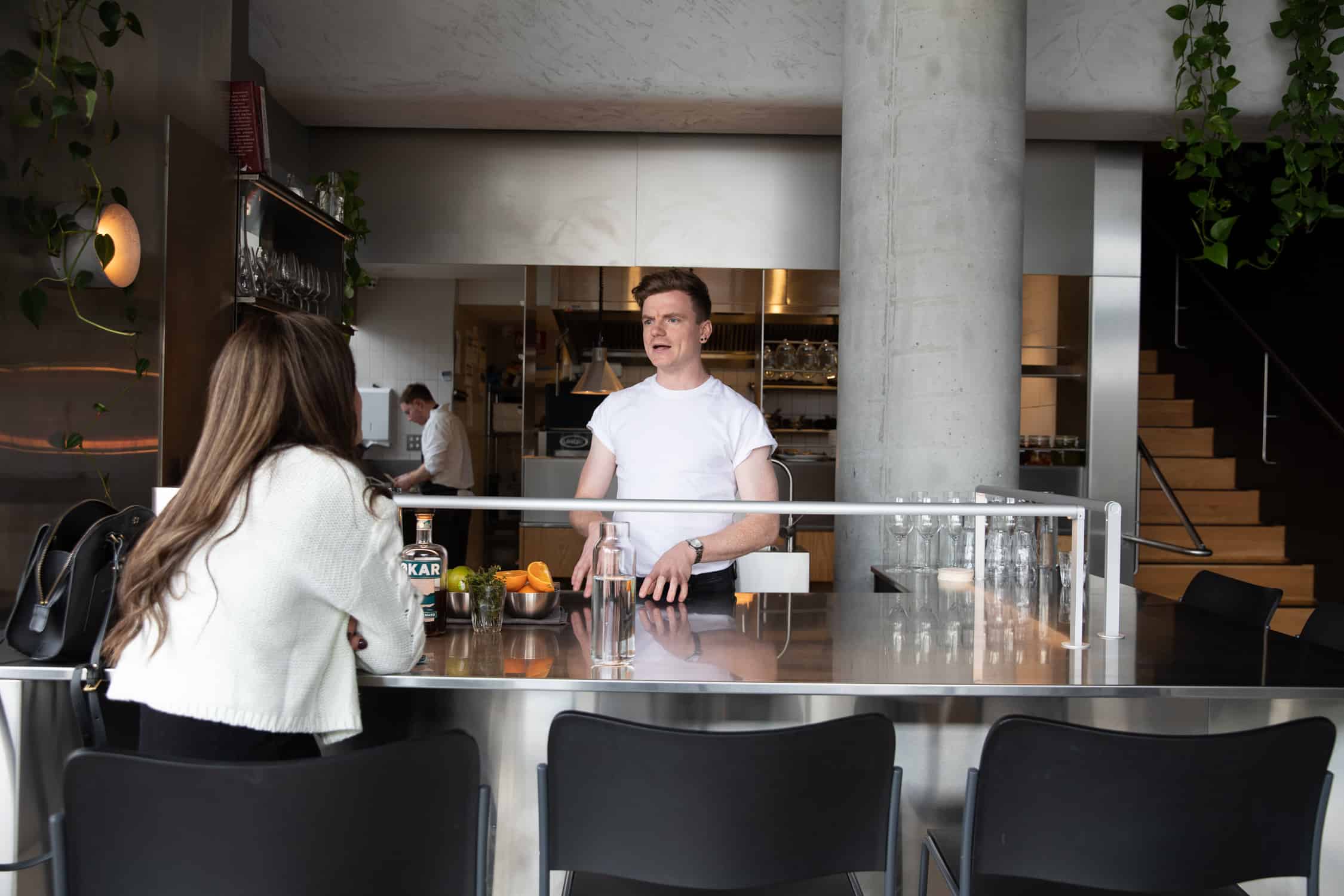
4. What experience do you having in running a business?
- What are the legal requirements of running your business, and how familiar are you with them?
- What can you learn before purchasing or starting a business?
An owners strengths and weaknesses become those of the business they own. Managerial inadequacy, incompetence, inefficiency and inexperience are a consistent theme when explaining failures in business, and they come back to the owner.
Have you managed a business before? Experience in hospitality would be beneficial, but alone it is not enough. Running a bar is a fast-paced, highly competitive and challenging, even for the most experienced managers.
Things like Liquor Licensing, Responsible Service of Alcohol, Food Safety and Workplace Health and Safety, GST, Pay As You Go (PAYG), BAS and Superannuation, Fair Work legislation and Privacy legislation, Anti-bullying laws and more are crucial to the operation of your business.
A successful owner can begin to upskill in these areas before even opening the doors.
5. Do you start a bar from scratch, or buy an existing business?
There are over 8,500 bars, pubs and clubs in Australia, and with 50% of businesses either closing or going up for sale by their 4th birthday, there will always be businesses to buy. This becomes a key decision for a new owner; do you buy an existing business with existing infrastructure or start a business from scratch?
Both propositions have their merits, but are wildly different in their execution. An existing business may have a great location, a quality fit-out and equipment, but suffered a poor execution or had too much debt. It may also have poor lease terms, the demographics of an area may not suit the business or has changed over time when the business has not.
Even the state of the broader economy has an impact on the decision. For example, franchise businesses tend to do better than independently owned businesses when the economy is doing poorly. Franchise systems can provide support through the crucial first year of a businesses life but offer little choice in terms of technology or suppliers, and the value of the support they provide diminishes over time, but the franchise fees do not.
An independent business has greater flexibility in how it operates, where it buys its supplies from and how much it pays, for example. It also has the ability to change quickly and drastically if it needs to. However, a higher level of management expertise is required to implement the processes and controls needed to be successful, whereas a franchise comes with the support to put them in place.
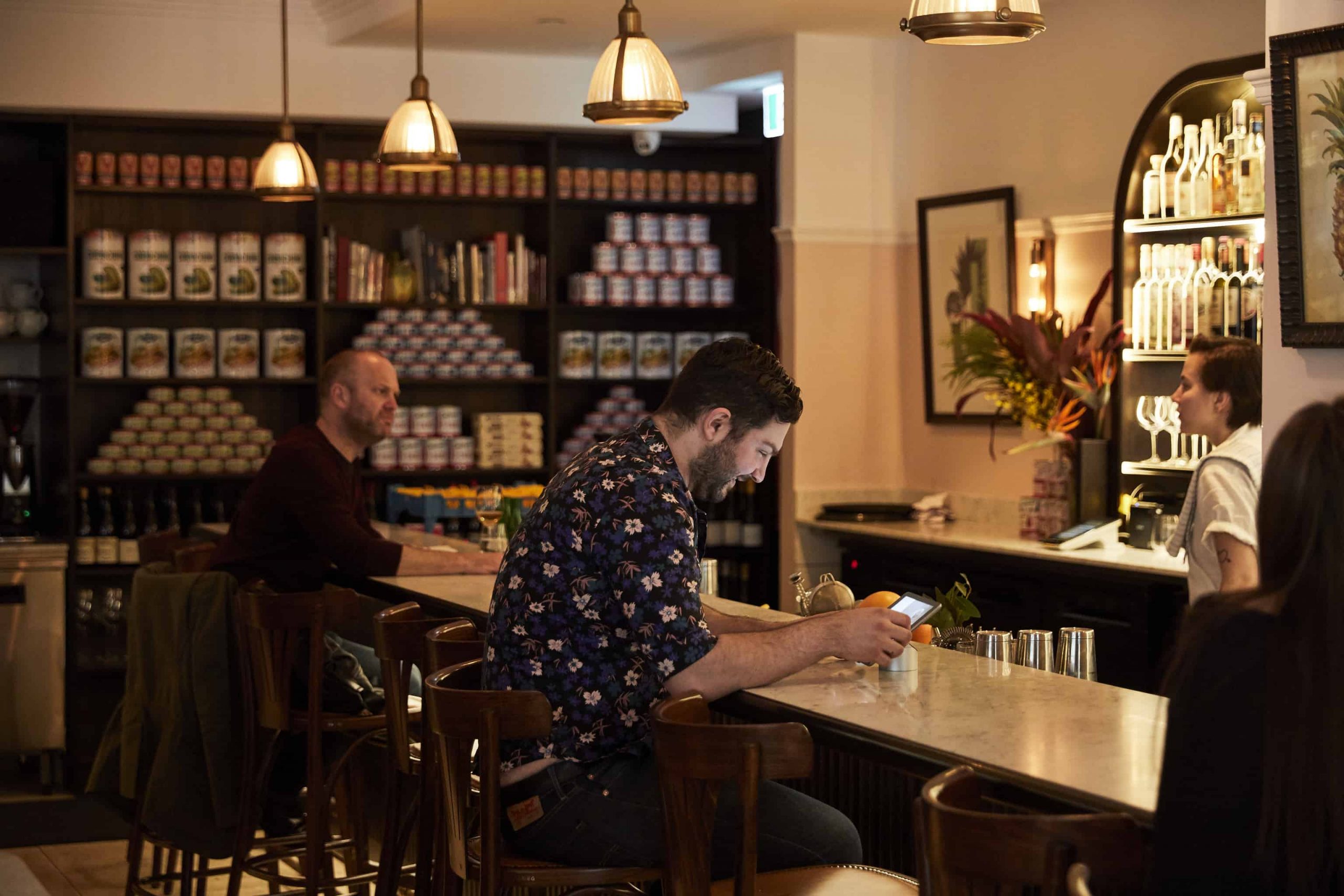
6. Do you have a business plan?
“By failing to prepare, you are preparing to fail” is as true today as it was over 200 years ago. A business plan is at the heart of every business, and it is especially relevant to a bar.
A business plan can be completed with information that’s readily accessible on the internet, and it’s easy to find templates online to help structure your plan.
The Australian Bureau of Statistics provides most of the information you should include in your business plan. It tells you how many businesses, and what type, are in each postcode, has a year on year comparison of opening and closings (which can tell you how an area is performing), and holds comprehensive demographic data about your customers. You can also find out the composition of households (how many people are married, or single, or have children), the professional and educational makeup of the area and even the average weekly earnings per household.
Looking for demographic data?ABS QuickStats is a great place to start.
It is also relatively simple to compile a competitive analysis for your chosen area. Who are your competitors, what do they do well, why do customers go to them and what opportunities exist within the marketplace? Also, who are your customers and where will they come from?
Bars are often found in ‘precincts’ as this ‘co-location of like businesses’ reduces search costs for customers. They can simply travel to a destination with a wide choice of options, often via good public transport links and decide when they get there. Often these locations can be designated ‘safe night out’ precincts and be patrolled by security guards or police.
The negative effect of agglomeration can be fierce competition, with bars fighting for customers, and a tendency to fight on price alone.
A business plan and the market research contained within it outlines potential customers, competitors and informs your choice of location.
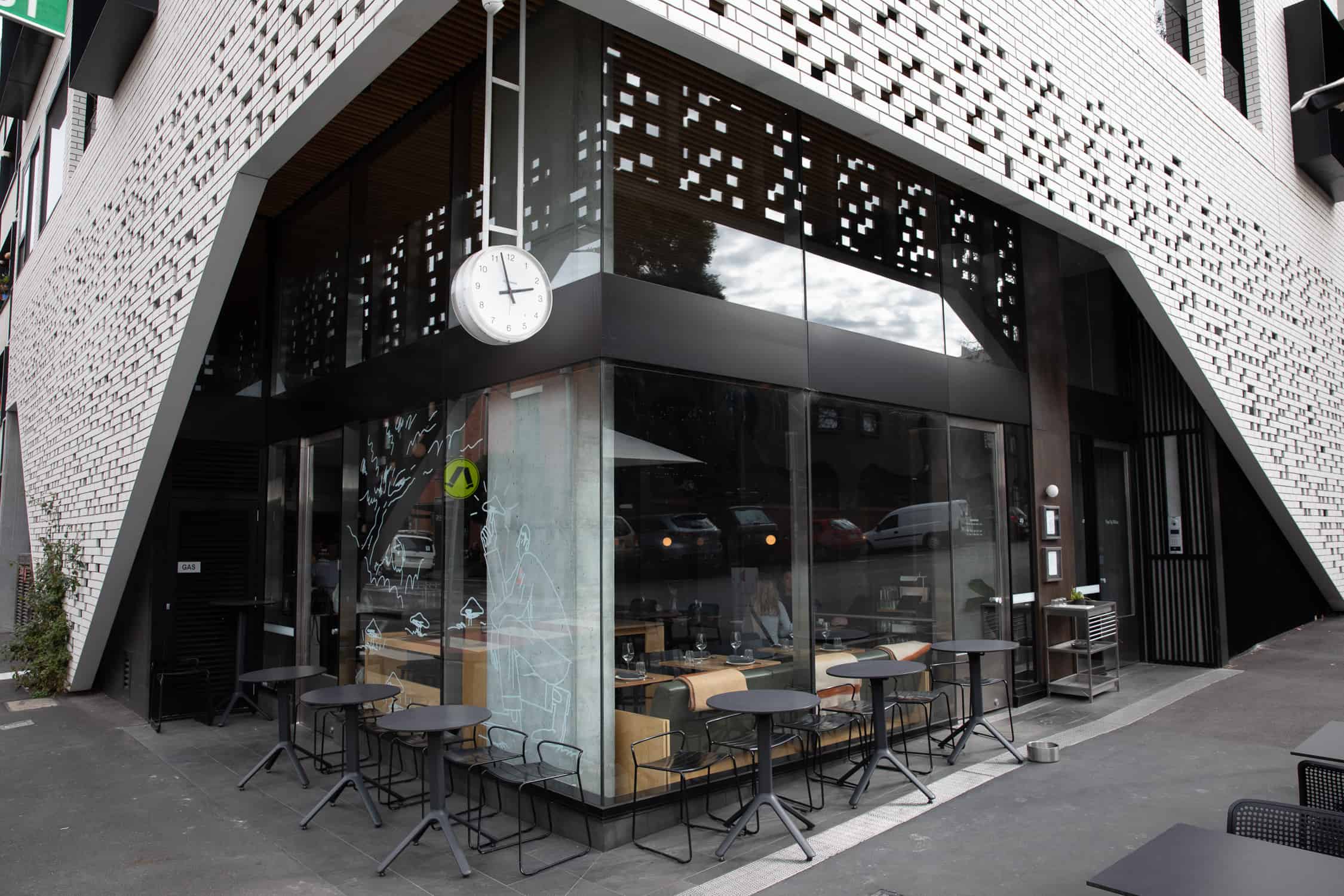
7. What is your bar’s concept or theme?
Having a clear and focused ‘concept’ is a key ingredient for success in food and beverage businesses. The concept is distinct from the strategy, which is a plan of action. A bar’s concept informs every decision and encapsulates the positioning of the food and beverage, the service standard and style, the fit-out and marketing plan.
The concept aids in determining the menu design and pricing strategies, and all of the specific elements that, when combined, make up a bar. Do you serve food as well as alcohol? If so, what style of food. Does your menu require a full-time, qualified chef? Do you have a well developed non-alcoholic selection, what are your signature beverages? Cocktails can have good margins, but be time-consuming, and require specialised bartenders.
A differentiated concept, one that is sufficiently different from the competition, and oriented towards the customers wants and needs, succeeds much more often than one that is not.
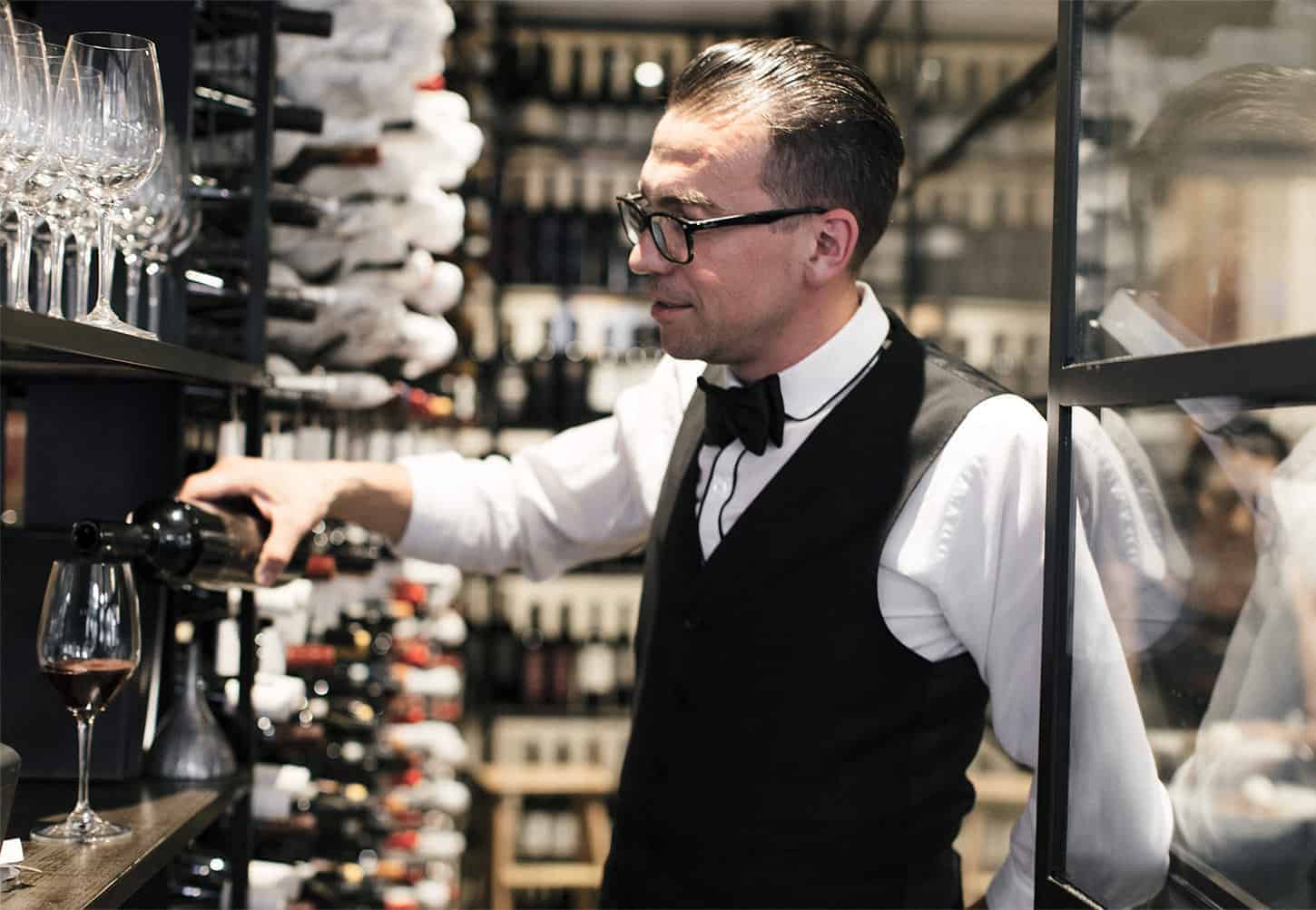
8. What are your key numbers?
A bar’s success can be strongly influenced by the decisions that are taken before the doors even open; the lease in particular can be a predictor of success or failure. If it is too high a lease can incumber a business to such an extent that profitability is challenged.
- How much money does your bar need to earn each week to be profitable?
- What are your lease terms?
For your bar to be successful the monthly revenue should exceed the annual lease. When assessing a lease, it’s sometimes a good idea to work backwards. For example:
Bailey has been working on a business plan for 9 months. She knows her concept and is clear in its positioning, pricing and the types of dishes and drinks the bar will serve. Bailey is considering a lease in a ‘Safe-Night-Out’ precinct in an area identified as her preferred location. Bailey knows that on an average night out, Australians will spend over $50 per person, and she aims to have a bar where people will settle in and stay.
The proposed lease is $120,000 per year.
To be successful, Bailey calculates the bar needs to earn $120,000 per month, or $27,713.63 per week (dividing $120,000 by 4.33 weeks).
Bailey’s Concept is based around alternative-meat tapas that can be prepared by bar staff and non-alcoholic and alcoholic cocktails. A rotating selection of locally sourced wines and spirits will also be offered and the bar will operate Wednesday to Sunday, 3:00 pm till late. Service is relaxed, the music set to allow conversation but features acts and live mics every night. Guests order via menus they access through their own phones, the food and drinks are fast to produce, and even the busiest nights will require no more than 7 staff. Bailey has spent the last decade working in and managing bars in the local area.
Bar revenue tends to be dominated by Friday and Saturday nights, and Bailey aims to earn $30,000 in revenue over the peak trading hours over those two days.
Bailey forecasts an hourly revenue of $3,000 per hour over the peak trading times, based upon her experience working in the precinct and is comfortable that she will achieve the revenue she needs to be financially viable, and meet the required Return on Investment (ROI).
As the property is currently vacant and requires minimal expense to be fit for purpose, Bailey accepts the lease, subject to some changes to the fit-out.
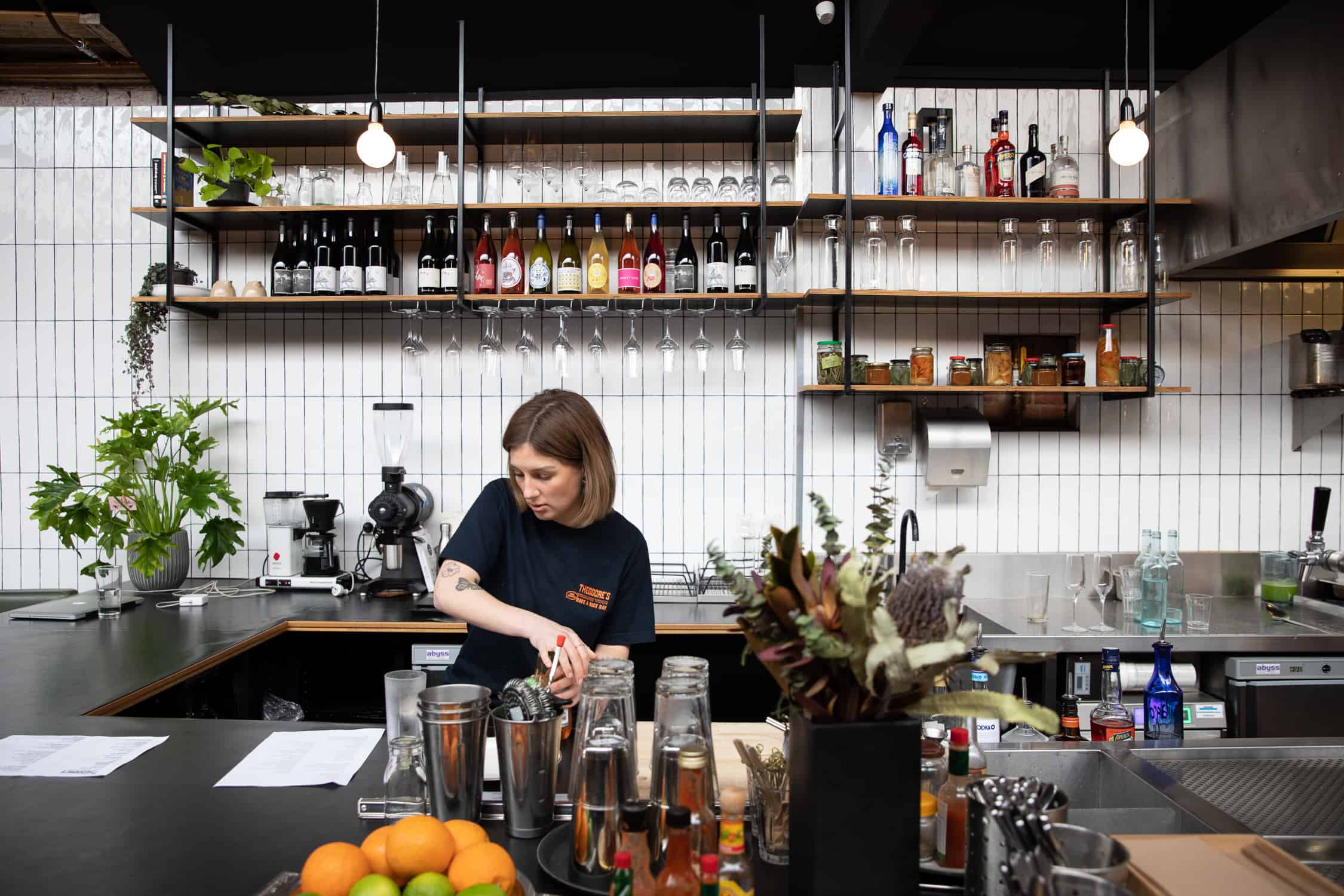
Conclusion
Australia has a close relationship with alcohol; we drink 34 million glasses of it every month and have well over 100 million visits to pubs and bars every year. Its part of our social construct, and owning a bar is a dream for many.
It is also a business environment that is more complex than most and is highly competitive; not only do half of the businesses fail every four years, but 40% of businesses don’t make any profit each year.
Whilst there can be no guarantee of success, many bars fail because of decisions that were or were not made prior to opening the doors. Poor planning, incomplete concepts, poor locations or high rent can all contribute towards a businesses failure.
Often, owners become unwilling to meet the extraordinary time commitment that their business requires, or they don’t possess the range of skills required. But by answering these 8 key questions, a potential business owner can understand more about how to open a bar. They can choose to proceed, purposely designing a high ROI business and potentially saving hundreds of thousands of dollars in the process.

News you care about. Tips you can use.
Everything your business needs to grow, delivered straight to your inbox.



